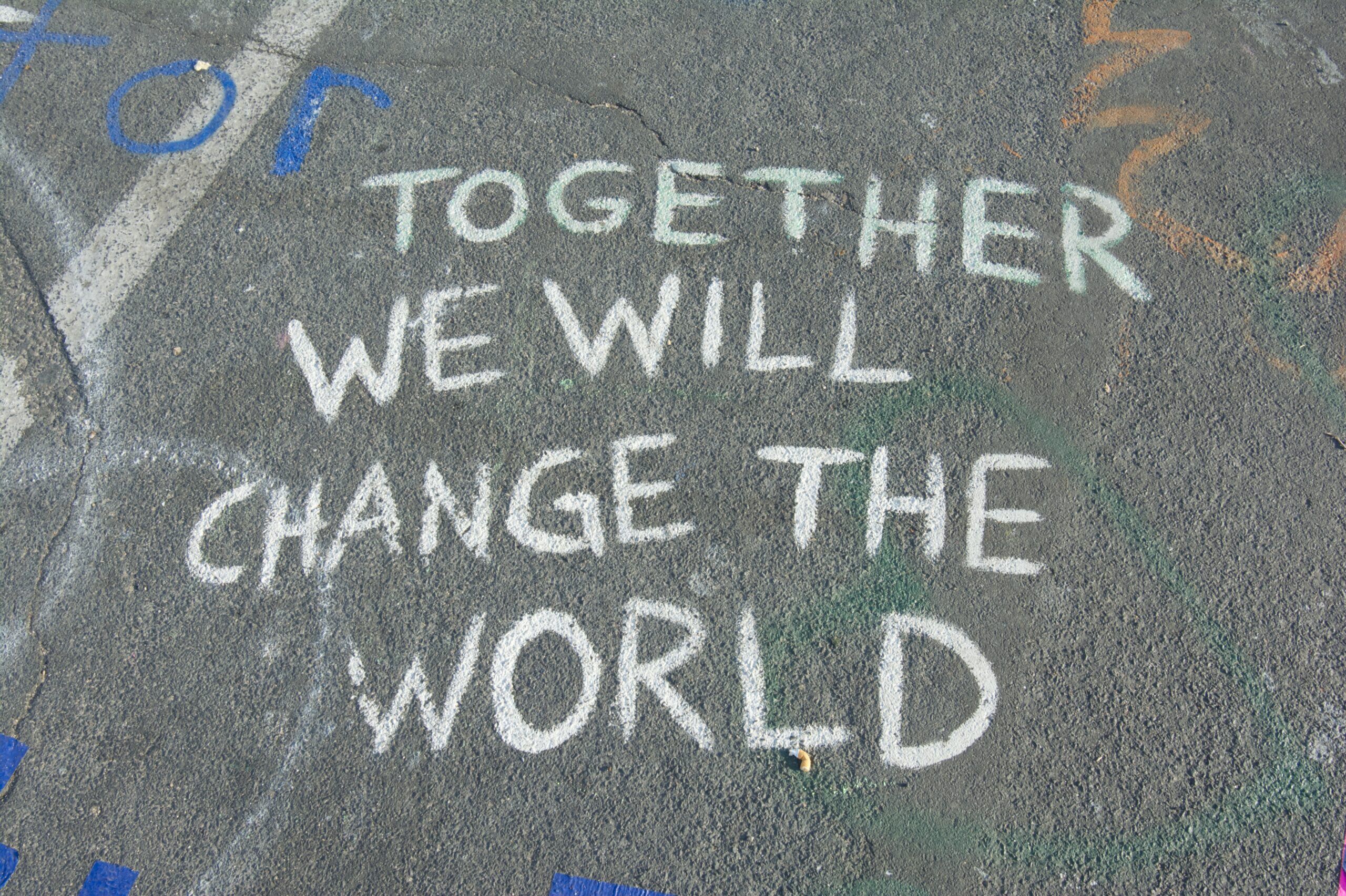Change communication features regularly in my professional life. I often hear people saying things like “here we go again, we’ve seen all this before, it’ll be better when the change stops”.
But change has become an ongoing fact of life. It’s not something that stops and starts.
Getting it right
Not surprisingly after our collective experiences of the last few years, I’m coming across more opportunities to talk about the importance of getting communication right during times of change. (Which isn’t the same as saying everyone gets change comms right now. But it is a start.)
As with all communication needs, I believe that the key to successful change communication is to be clear from the start about:
- what you’re trying to achieve (what is actually going to be changing and what will people need to think/feel/do as a result)
- who is going to be impacted, in what way (realistically, from their perspective, not yours).
Armed with this information you can develop your key messages and identify the way to reach your target groups. Flexibility is also extra important in times of uncertainty, so that you can react to feedback and variations in how people are feeling along the way.
Change communication or change management?
There are many change models available that can be useful when planning your change comms. Different models will suit different scenarios. I would also recommend being wary about confusing change communication and change management. Although closely linked, they are not the same thing.
There can be an expectation that ‘good’ communication will make everything go smoothly, especially with a badly thought-out or last minute change.
Sadly, this just isn’t true – a bad decision is still a bad decision, no matter how effectively you communicate it!
4 stages of change communication
All in all, I think there are 4 broad stages that communicators should be planning for:
- The beginning – the bit when people may be in shock, may be taken by surprise, may not have realised that change was needed. At this point you need to be providing a clear case for change and an engaging vision for the future.
- The stage where people can feel very negative and morale is low – this is when communication needs to be tailored to individual or team circumstances. People need the opportunity to discuss, process and even complain about what’s going on. Supporting them at this time is very important for their wellbeing, their performance and your organisation.
- The stage where things are looking up and people start to commit to change – this is the time to re-state what you told them at the beginning, with more concrete detail if you can. Give them chance to discuss in their teams what it could mean for them.
- The point when the new process or structure is embedded and everyone is firing on all cylinders – this is the time to celebrate success and demonstrate where they are making it work. And thank them for taking part, acknowledging the tricky times.
It’s worth reminding yourself that your people and your organisation won’t necessarily work through these 4 stages in a neat, linear fashion. Be prepared for steps forward and steps back.
But if you’ve planned for each stage, with flexibility built in, you should find it easier to move backwards and forwards as needed.
Final thought…..
Always remember to communicate about what’s staying the same, as well as what’s changing. This reassurance can have a huge impact.
If you would like help with planning communications for a change programme at your organisation, please get in touch for a chat about how I could support you.
Until next time
Sarah

